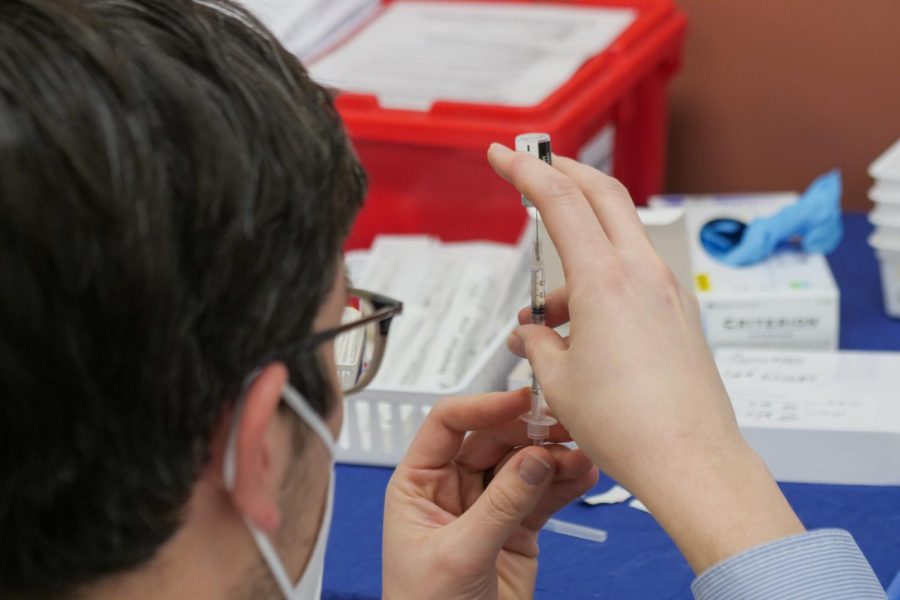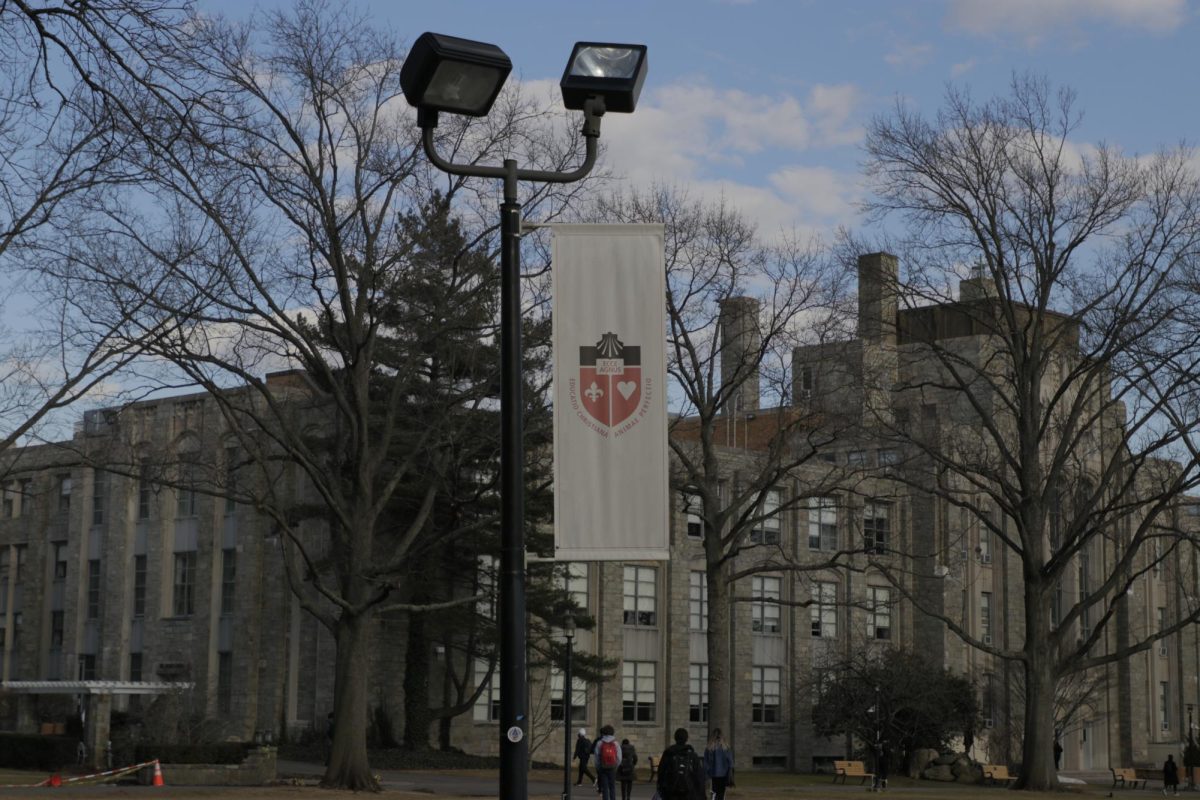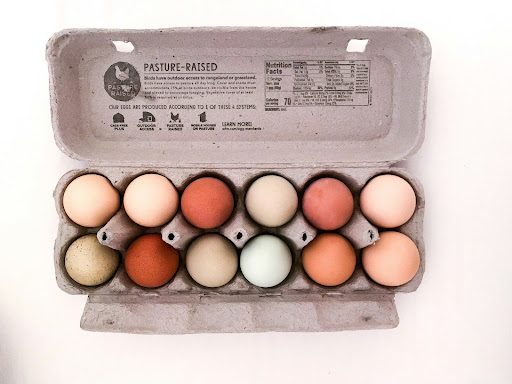As we enter the month of March, we welcome the arrival and authorization of the third COVID-19 vaccine, produced and manufactured by Johnson & Johnson. To no one’s surprise, this news brings along a mix of emotions, as is typical with any vaccine. However, Johnson & Johnson’s dark past due to lawsuits regarding its baby powder seems to dampen the excitement for many. As a result, some Americans may stick to Moderna’s or Pfizer’s vaccine out of a lack of trust with J&J.
A large fraction of the population that checks all the boxes for vaccine eligibility are still waiting for their turn, and with a highly transmissible variant recently being introduced to the mix, many can’t afford to be picky. Yet one thing is for sure: we must work towards prioritizing facts and dismantling the myths.
There are pros and cons to each vaccine. The new Johnson & Johnson vaccine has many unique qualities that can bring us closer to the goal of immunizing most Americans. Its most distinguishing feature is that it is a single-dose vaccine, which may truly make the greatest difference. Not only does this minimize the burden of having to keep track of first and second doses, but it expedites the process of distributing the vaccine to a greater portion of the American population in a shorter time span.
The Johnson & Johnson vaccine also has a completely different composition than the others. Made from adenovirus, this version of the vaccine is based on DNA, rather than mRNA, which requires strict maintenance due to its fragile nature. This brings us to the solution of another major issue that persisted with the initial vaccinations: a waste of vaccines due to expiration status. Unlike the Moderna and Pfizer vaccines, this one does not require storage in freezers and the hassle of thawing vials before appointments. This leads to less waste of vaccines and eases the restrictions, providing simpler and quicker distribution.
Some people are concerned over the matter that Johnson & Johnson’s vaccine is only 85% efficient, compared to Moderna and Pfizer’s efficacy rate of 95%. While many of us tend to focus solely on the numbers and get discouraged after reading statistics, it’s essential to keep in mind that as Americans we are lucky enough to have access to vaccines. Countries in other parts of the world are way behind with vaccine distribution, and, to make matters worse, corruption and bribery are prevalent in areas such as South America. After having been exposed by the media, political leaders in Peru and Brazil have faced consequences of resignation as a result of unethical practices pertaining to the VIP treatment of vaccinating their inner circle of friends and family. Overall, these unprofessional acts have delayed vaccine distribution with only 0.5% of the Brazilian population having received their first dose.
The arrival of this vaccine couldn’t have come at a better time, as emerging variants begin to concern CDC officials and eligible Americans find vaccines more accessible. For the time being, I envision this vaccine to be a game changer in its ability to stimulate vaccination rates and help lessen the burden of cases that plague communities across the world.








